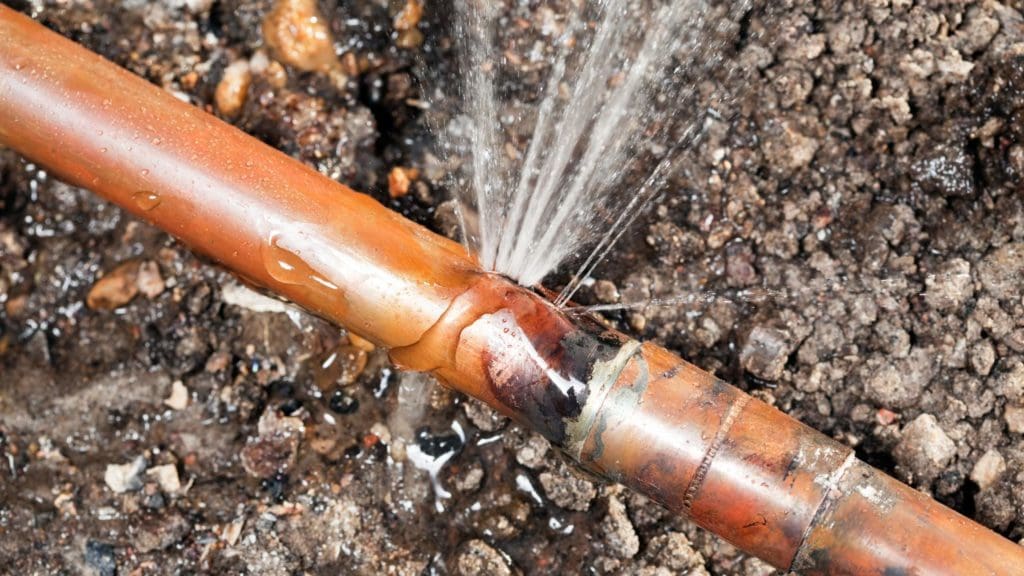Not too long ago, professionals were challenged to create a structure, other than copper, that is sustainable, cost-effective, and high performing. Environmental building designs had shifted and the industry needed something new that could do the job. However, the new technology we have helps find the happy medium of being environmentally safe as well as still making money.
It is important to choose the best pipe material so that you do not have to deal with pipe failure causing damage to floors, walls, and even the foundation of the building. The two most popular materials that are used to repipe your homes and businesses are PEX and copper. We are going to dive into each material, giving you the information you need to decide which is best for you and which one will last the longest.
The Plastic Pipe and Fittings Association (PPFA ) and The European Plastic Pipe and Fittings Association (TEPPFA) both did some research on both materials to see which is more sustainable over time. Click here for more information on PEX and copper piping from the people who know it best.
PEX Piping Advantages: Flexibility, Longevity, and Sustainability
First, we will look at PEX piping, which is an acronym for cross-linked polyethylene. PEX is a flexible, durable plastic piping product mostly used for plumbing as well as radiant heating and cooling markets. It has been used successfully in the residential side of projects for almost four decades, but fairly new to the United States. It has since then worked its way into commercial markets. This new community, originally from Europe, has dominated the industry when it comes to piping systems.
Unlike copper, when using PEX piping, water doesn’t have that metallic taste. PEX also has the ability to expand and maintain a healthy lining so that the pipes do not freeze and bust when there are freezing temperatures.
COPPER
A very common material used to pipe homes and businesses is copper. A benefit to using copper is its longevity and the manufacturer may offer you a warranty on the new installation of this material. Copper has the longest life span of anywhere between 50-70 years. Copper has been used for many years, so this may mean that copper pipes are still considered the norm.
As some may know, copper creates environmental emissions which can cause toxicity to humans as well as problems for the environment. Ingesting copper fumes is bad for the body, harming it in different ways. A few examples of what copper ingestion can do to the human body are flu-like symptoms, learning deficiencies in adults, and Alzheimer’s disease. If you have been away for more than 6 hours, it is recommended to flush and run all faucets for at least 1 minute before usage.
As the popularity of PEX grows, it has become a challenge for traditional copper, steel, and CPVC materials to be used in piping homes. Copper has grown and dominated the commercial building industry for years. Now questions are coming to rise on which material is best from a cost-effective and performance perspective.
It seems that PEX piping is better in the long run. It is flexible, making it easier to use around corners without having to use connections. This reduces the amount of material that is used and improves the flow of water. PEX doesn’t have as many environmental implications that copper does, making PEX more affordable. In the end, it is better to use renewable energy sources to create something like PEX piping to use in our homes.
Click here for more information on what we do and if you need an estimate to repipe your home with PEX. We are looking forward to hearing from you!

